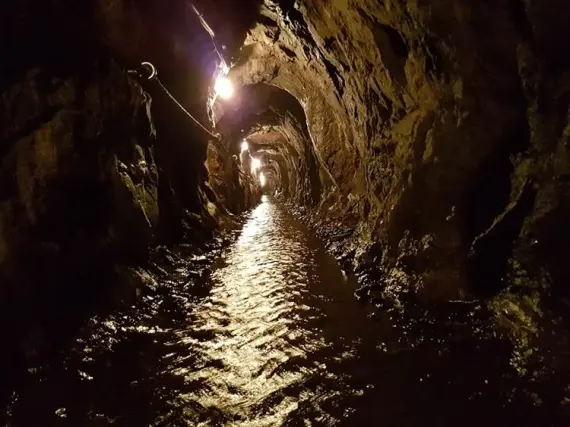HILLEGOM bus to PSZOW
HILLEGOM
We do not currently have a description of the town
We do not currently have a description of the town
PSZOW

As you explore Pszow, a tiny town in the heart of the Silesian province, you may feel that you are stepping on the footsteps of time. Situated quietly in the valley of the Oder River, this place comes alive with history and culture, tempting tourists with the richness of its attractions.
Undoubtedly, the crown monument of the city is the Minor Basilica of the Nativity of the Blessed Virgin Mary. Its Gothic architecture, given a Baroque facelift over time, hides real treasures: the main altar from 1710, a baptismal font from three centuries ago and an organ made thirty years after the altarpiece.
Mentioning monuments, it is impossible to omit St. Nicholas Church. It's like reading ancient chronicles, where the 13th-century roots of this temple lead through the eras, from its Romanesque beginning to its Gothic transformations. The Romanesque portal from the 13th century, the Gothic altar from the 1500s and the Baroque font from the 1700s are like pages of a magic book.
On the other hand, in Tworków, not far from Pszow, you'll come across the ruins of a castle from the 14th century. Once erected at the request of the Dukes of Racibórz, it now presents itself as a fascinating ruin after being destroyed by war.
Ignacy Mine and Szarlota Heap
A little farther away, in Łączna, the Ignacy Mine is a piece of the past from the 19th century. One of the most modern in Upper Silesia at one time, today it is open to the public, shedding light on the hard times of mining.
In Pszow, the Szarlota Heap, an artificial mountain built from post-mining waste, is a must-see. The highest point on this heap offers an impressive panorama of the city and its surroundings.
Buses to and from Pszow
If you're planning a trip to Pszow, think about convenience. Buses to and from Pszow are a great option. Consider using the coaches of the line Sindbad. Modern, comfortable coaches stop right next to the Biedronka store on Traugutta Street.
As you explore Pszow, a tiny town in the heart of the Silesian province, you may feel that you are stepping on the footsteps of time. Situated quietly in the valley of the Oder River, this place comes alive with history and culture, tempting tourists with the richness of its attractions.
Undoubtedly, the crown monument of the city is the Minor Basilica of the Nativity of the Blessed Virgin Mary. Its Gothic architecture, given a Baroque facelift over time, hides real treasures: the main altar from 1710, a baptismal font from three centuries ago and an organ made thirty years after the altarpiece.
Mentioning monuments, it is impossible to omit St. Nicholas Church. It's like reading ancient chronicles, where the 13th-century roots of this temple lead through the eras, from its Romanesque beginning to its Gothic transformations. The Romanesque portal from the 13th century, the Gothic altar from the 1500s and the Baroque font from the 1700s are like pages of a magic book.
On the other hand, in Tworków, not far from Pszow, you'll come across the ruins of a castle from the 14th century. Once erected at the request of the Dukes of Racibórz, it now presents itself as a fascinating ruin after being destroyed by war.
Ignacy Mine and Szarlota Heap
A little farther away, in Łączna, the Ignacy Mine is a piece of the past from the 19th century. One of the most modern in Upper Silesia at one time, today it is open to the public, shedding light on the hard times of mining.
In Pszow, the Szarlota Heap, an artificial mountain built from post-mining waste, is a must-see. The highest point on this heap offers an impressive panorama of the city and its surroundings.
Buses to and from Pszow
If you're planning a trip to Pszow, think about convenience. Buses to and from Pszow are a great option. Consider using the coaches of the line Sindbad. Modern, comfortable coaches stop right next to the Biedronka store on Traugutta Street.
© 2025 Sindbad
Technical support, assistance, payments: Sindbad IT
© 2025 Sindbad
Technical support, assistance, payments: Sindbad IT
